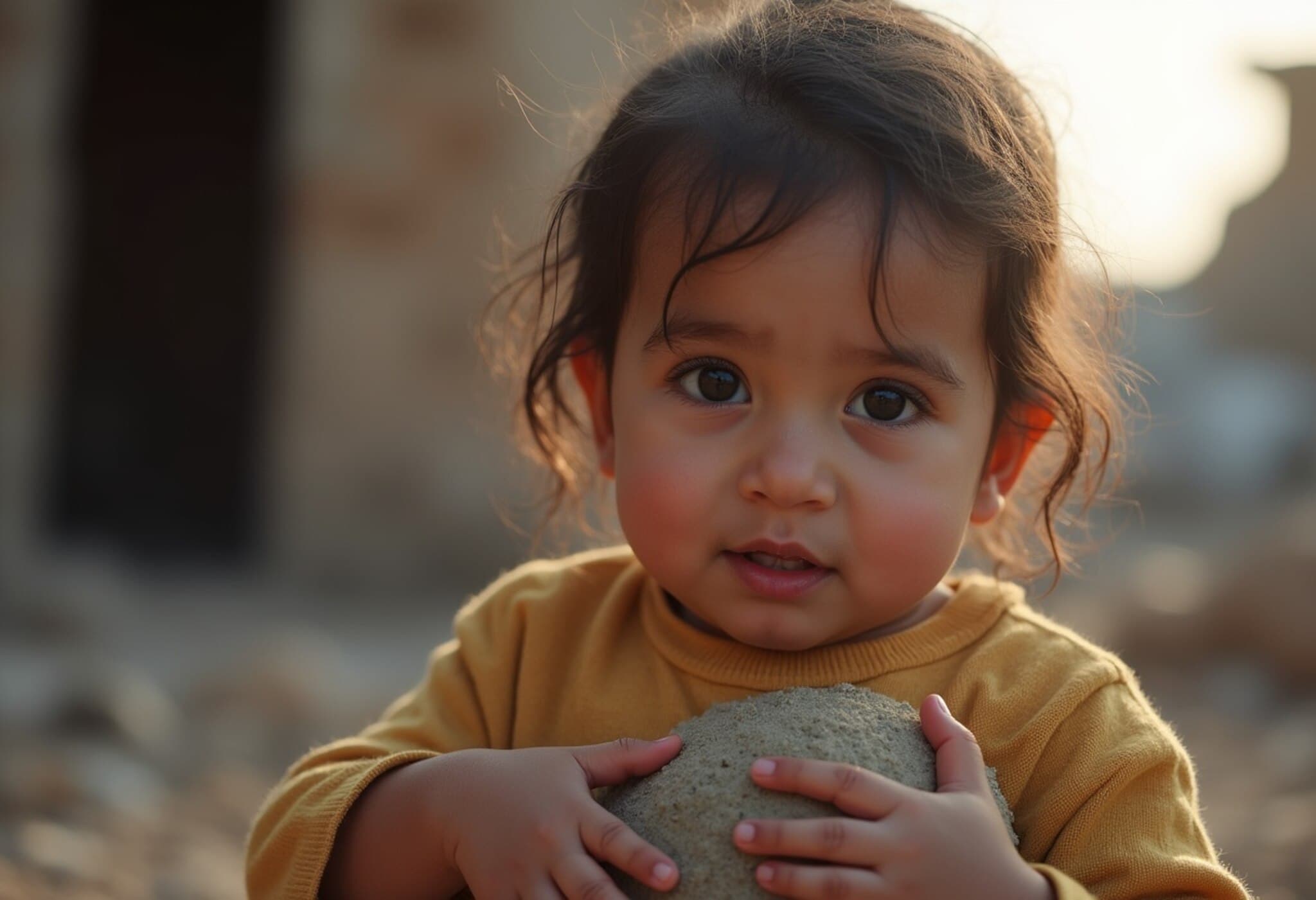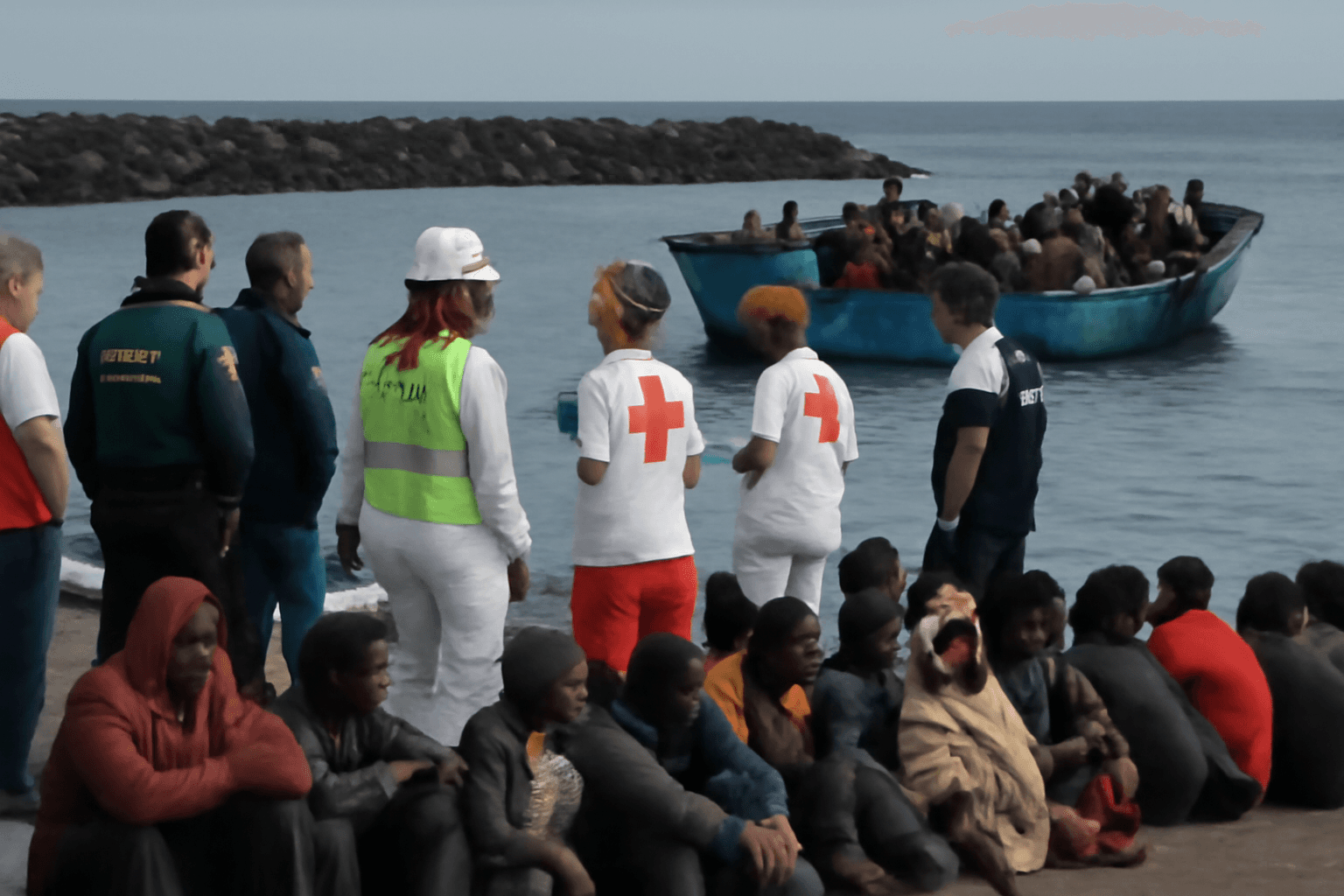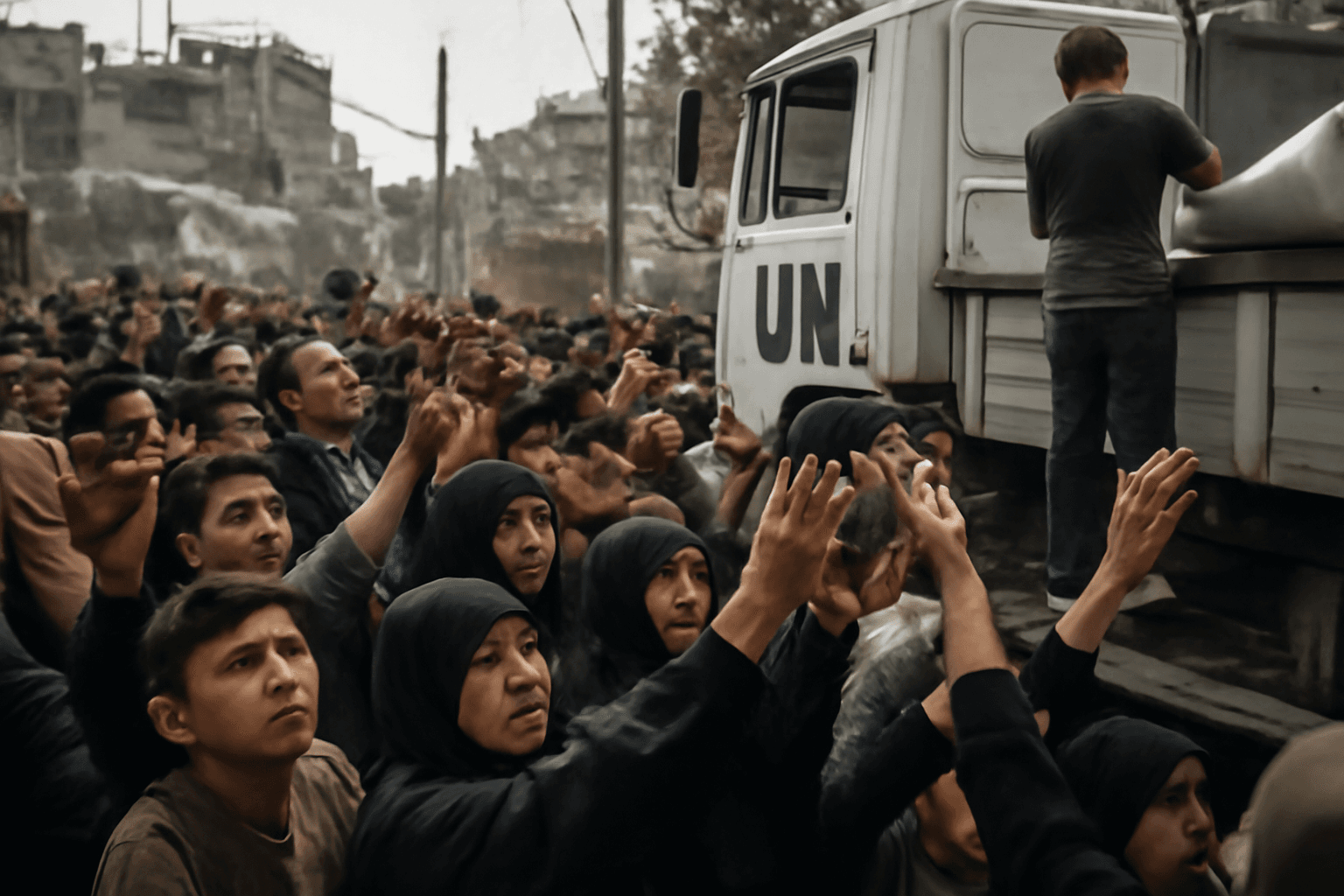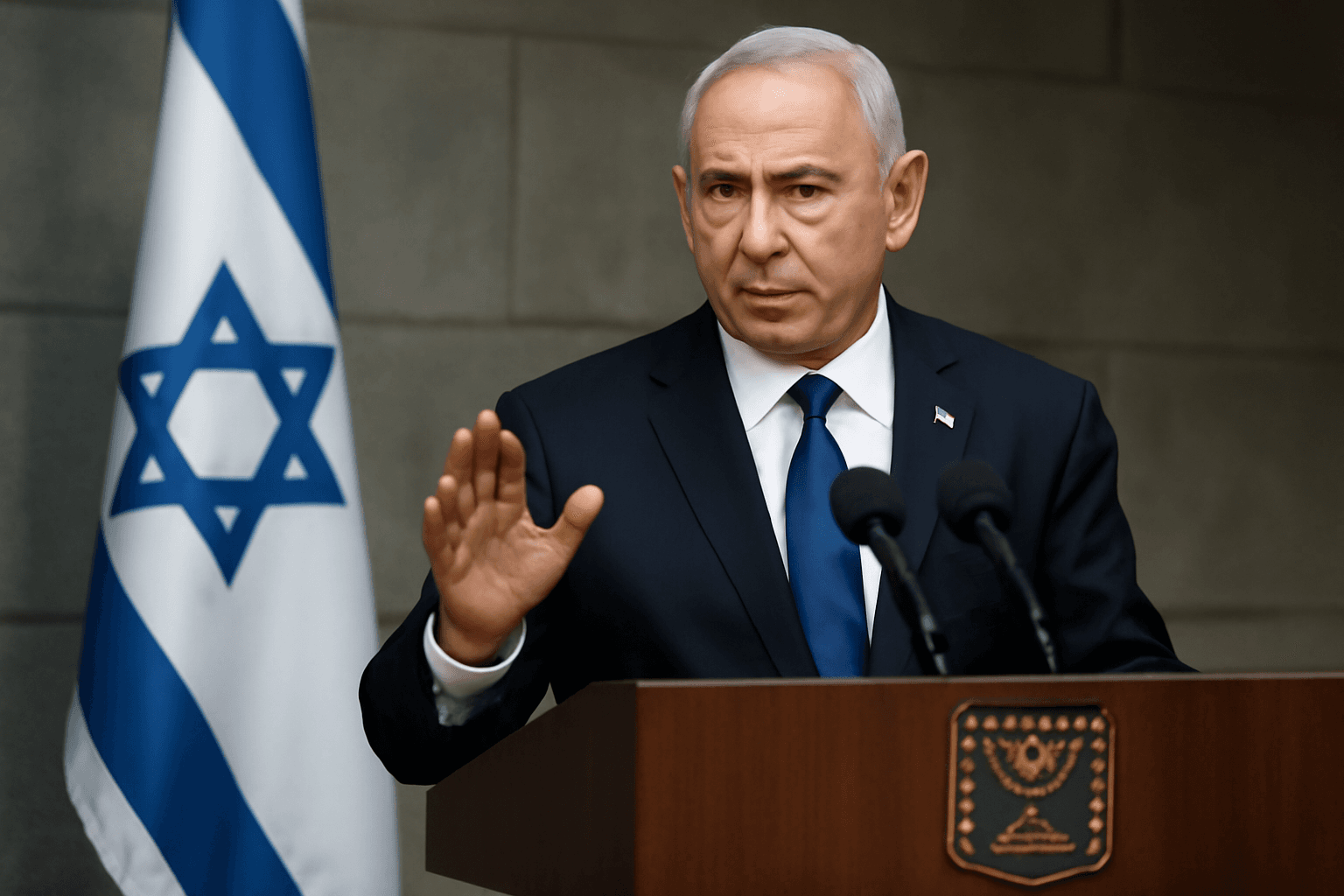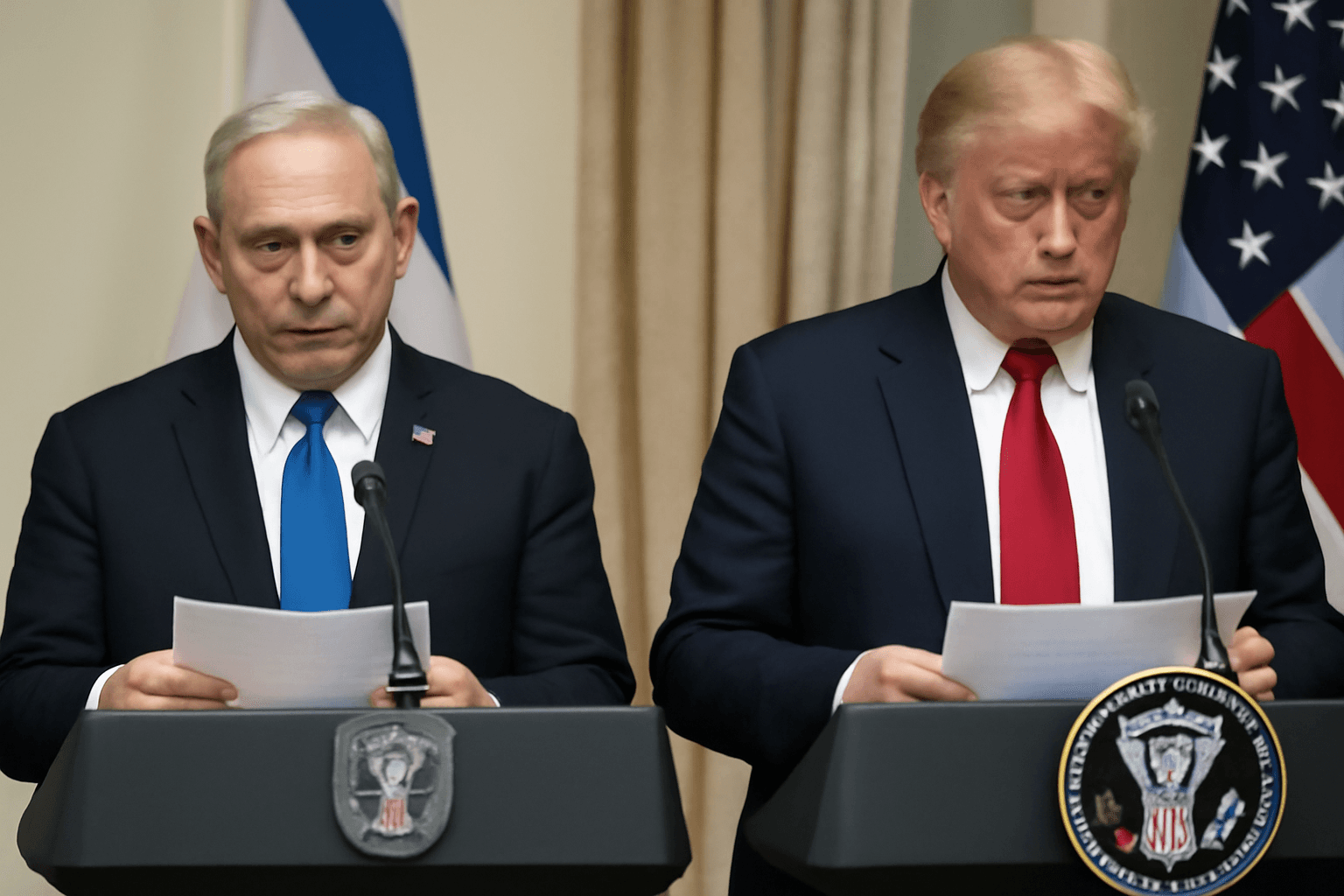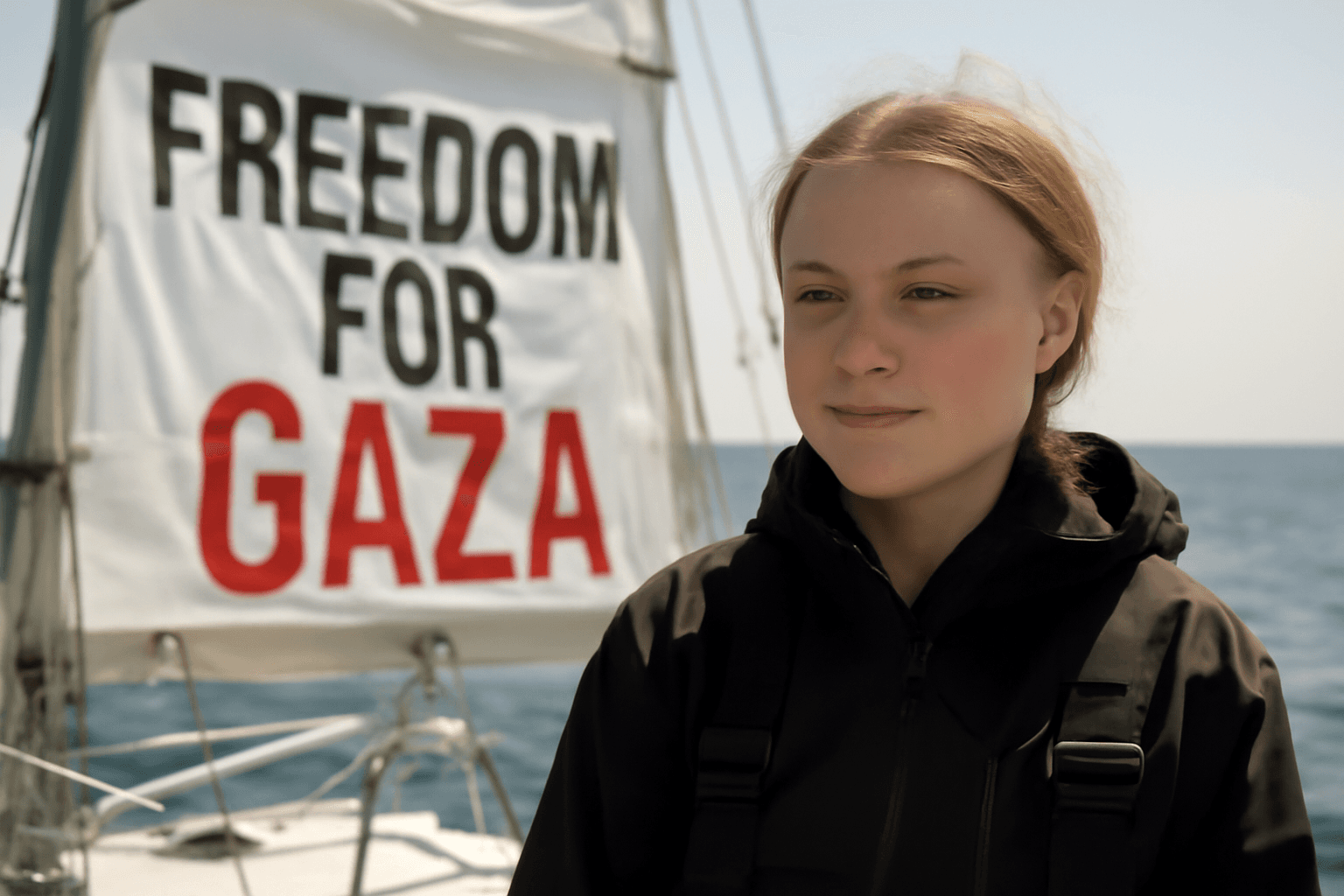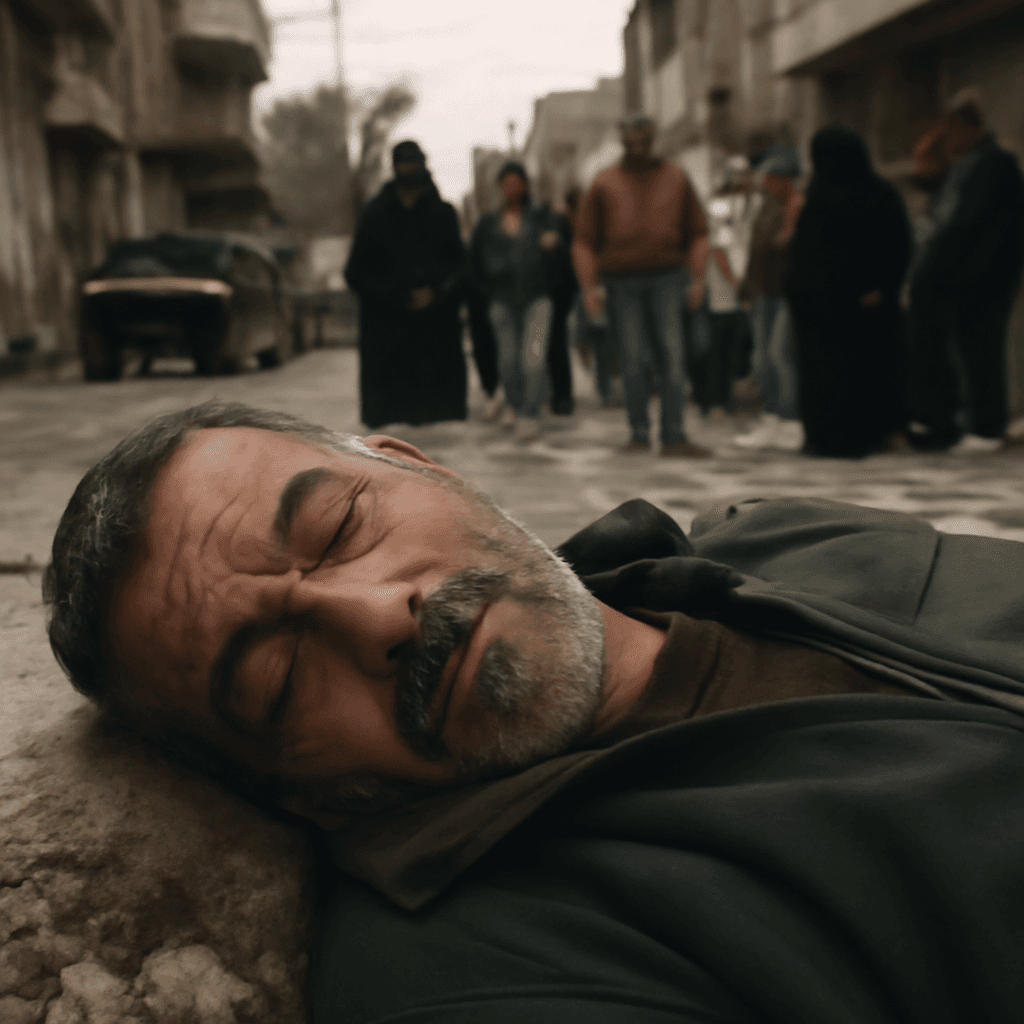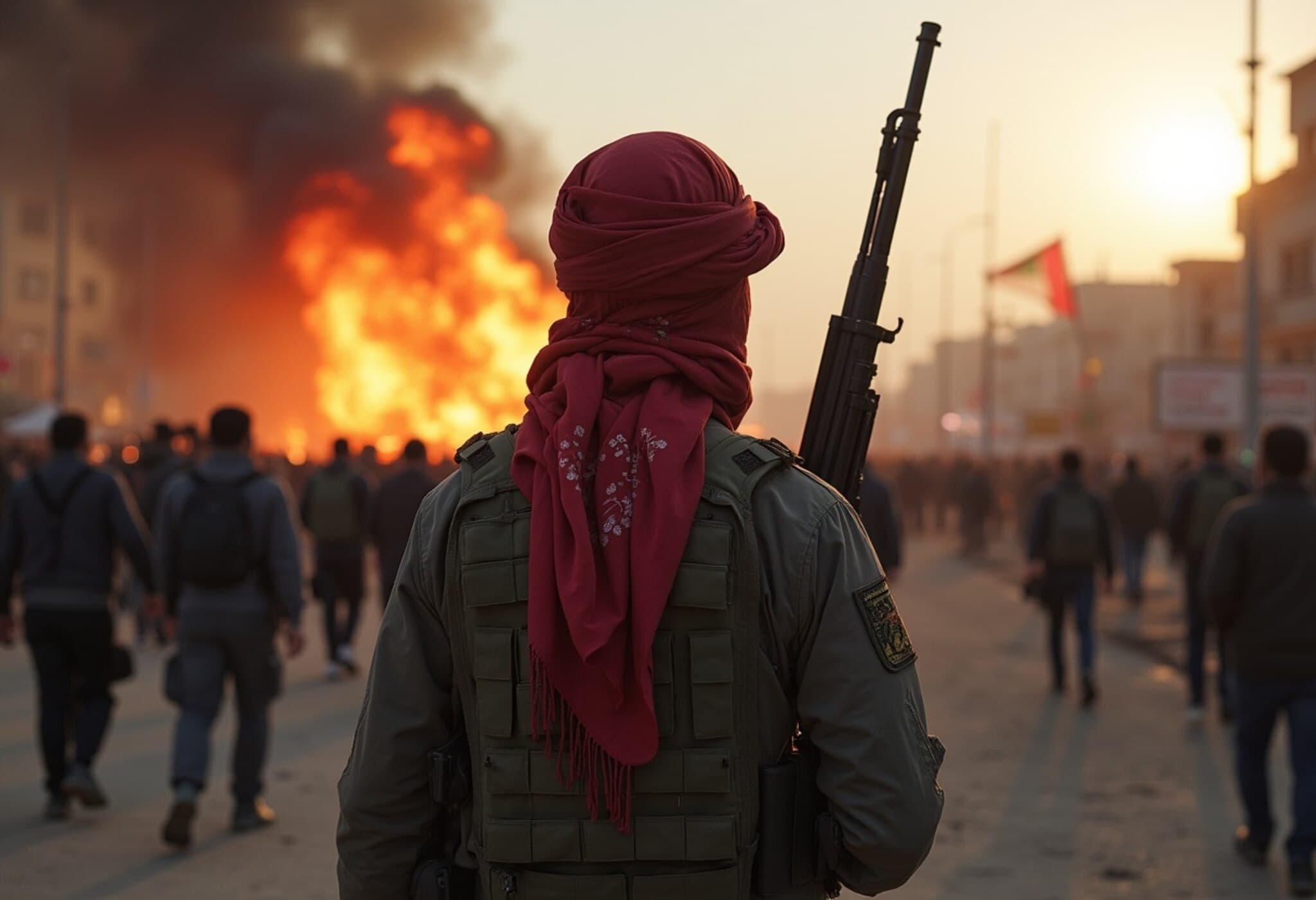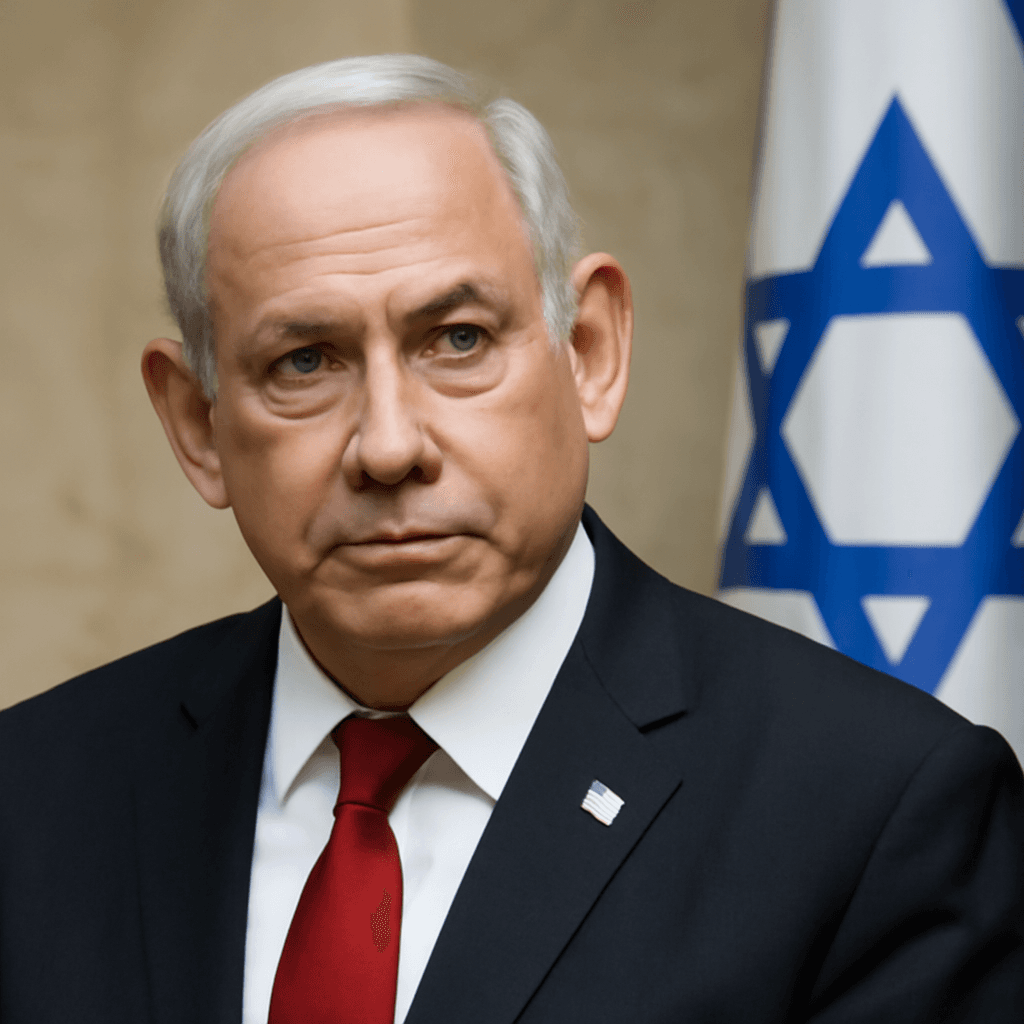Gaza Faces Looming Food Crisis as Lifesaving Supplies Near Exhaustion
The humanitarian situation in Gaza has reached a dire tipping point, with United Nations agencies urgently warning that critical food supplies for starving children could run out entirely by mid-August. Under a tightened Israeli blockade and with restricted aid access, the scarcity of Ready-to-Use Therapeutic Food (RUTF) — a vital treatment for severe child malnutrition — threatens to tip hundreds more into life-threatening conditions.
Children on the Brink: Severe Malnutrition Surge
Already, more than 100 Palestinians have died from starvation, with thousands more children suffering from acute, severe malnutrition, according to UN and humanitarian sources. From April to mid-July alone, over 20,500 children in Gaza were admitted for malnutrition treatment, including 3,200 in critical condition—a figure nearly triple what was recorded earlier this year.
Two-year-old Yazan Abu Ful, photographed in Gaza City's Shati refugee camp, is among those visibly affected by this crisis. His struggle is a stark human face amid the statistics, symbolizing a broader catastrophe fueled by prolonged conflict and blockades restricting essential humanitarian aid.
RUTF Supplies Near Critical Low
Ready-to-Use Therapeutic Food, comprising nutrient-dense items like milk-enriched peanut paste and energy biscuits, is the cornerstone of treatment for children facing severe malnutrition. UNICEF spokesperson Salim Oweis highlighted the fragile supply status, noting that current stocks suffice to treat only about 3,000 children — yet an estimated 5,000 required such care in just the first two weeks of July.
The World Health Organization echoed these concerns, cautioning that remaining stocks could be fully depleted "very soon." With the essential nutrition program for pregnant women and children under five also at risk of shutdown, numerous aid agencies, including Save the Children, have been prevented from replenishing supplies since February and now heavily rely on UN shipments.
Blockade and Restricted Aid Complicate Crisis
Since March, Gaza’s food supply chains have been heavily strained due to an Israeli blockade implemented in response to ongoing conflict with Hamas. Though a partial easing occurred in May, stringent restrictions continue to choke off humanitarian corridors.
Israel’s Coordination of Government Activities in the Territories (COGAT) stated that efforts are underway to collaborate with humanitarian partners and improve access, but the pace remains insufficient against the scale of needs.
Human Toll Amplified by Starvation Deaths
Tragically, starvation has already claimed the lives of at least 21 children under five this year. The total number of starvation-related fatalities among Palestinians stands at 113, with many deaths occurring in recent weeks—underscoring the critical urgency of the crisis.
Ceasefire Talks Hold a Flicker of Hope
In the midst of mounting humanitarian distress, diplomatic efforts edge forward. Ceasefire negotiations between Israel and Hamas are expected to resume next week, following a brief pause as Israel reviewed Hamas’s recent responses. Reports from Egypt’s Al Qahera News TV indicate that the Israeli delegation temporarily withdrew for internal consultations after Prime Minister’s directive.
The United States, a pivotal mediator in the talks, also pulled its delegation amid frustration over perceived insincere engagement by all sides. US envoy Steve Kourelis candidly expressed concerns over the negotiation atmosphere, underscoring the challenge of bridging deeply entrenched divides.
Conversely, Hamas voiced surprise at the US’s stance, suggesting their latest position had been broadly welcomed by intermediaries and could pave the way for a comprehensive deal. The coming week’s dialogue is therefore being carefully watched, representing a critical juncture for both humanitarian relief prospects and broader regional stability.
Expert Insight: The Broader Implications
The unfolding crisis in Gaza illustrates the perilous intersection of political conflict and humanitarian necessity. From a policy perspective, the rapid depletion of RUTF stock highlights the fragile nature of aid supply chains in conflict zones, especially when multi-layered restrictions hinder timely delivery.
Moreover, this situation calls into question the efficacy and humanity of blockades that, while serving security objectives, disproportionately impact vulnerable populations—particularly children—raising profound ethical and legal dilemmas under international humanitarian law.
For US and other international actors, the ongoing ceasefire negotiations present both a challenge and opportunity to leverage diplomatic influence toward immediate relief and a sustainable resolution.
Editor's Note
As Gaza teeters on the edge of famine, the world faces a stark choice: intensify humanitarian corridors and political dialogue, or risk a deepening tragedy with profound regional repercussions. Beyond headlines, the lives of tens of thousands of children hang in the balance, reminding policymakers and citizens alike of the urgent need for compassionate, pragmatic solutions. How the international community responds in the coming weeks could shape not only Gaza’s future but a broader narrative about the intersection of human rights, conflict, and global responsibility.

